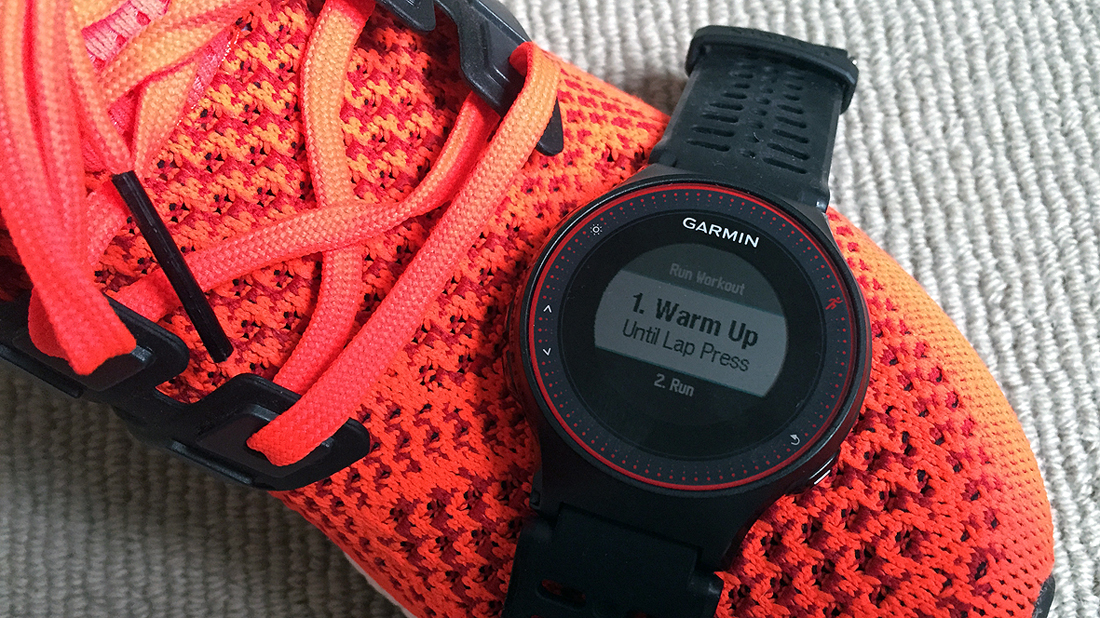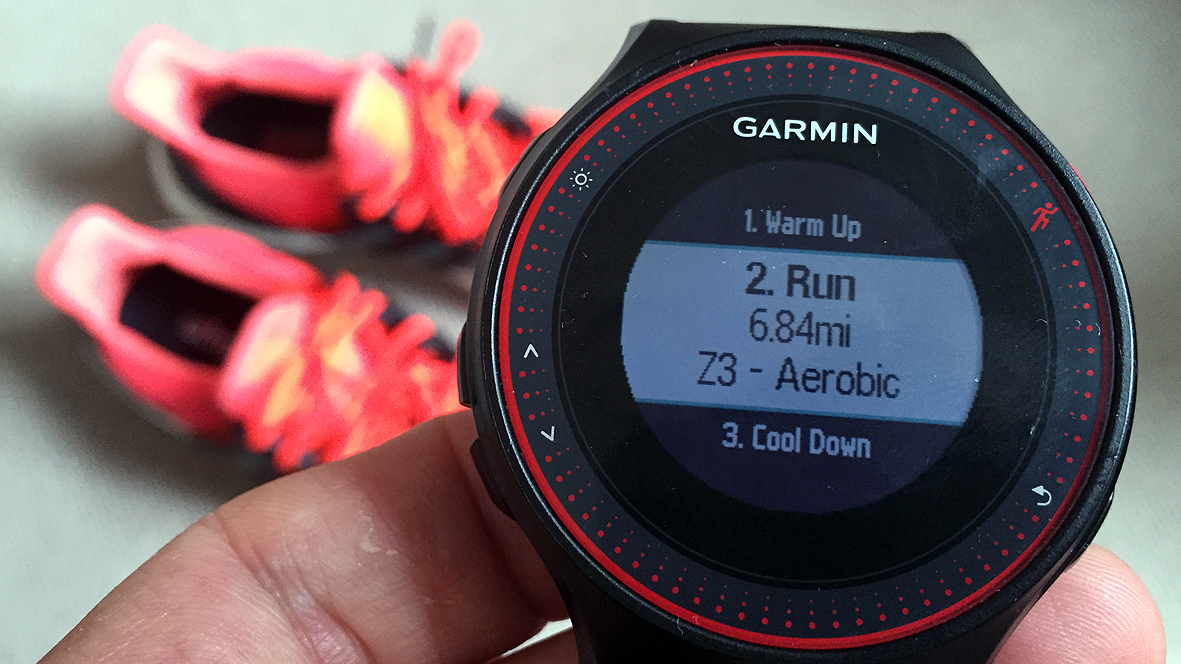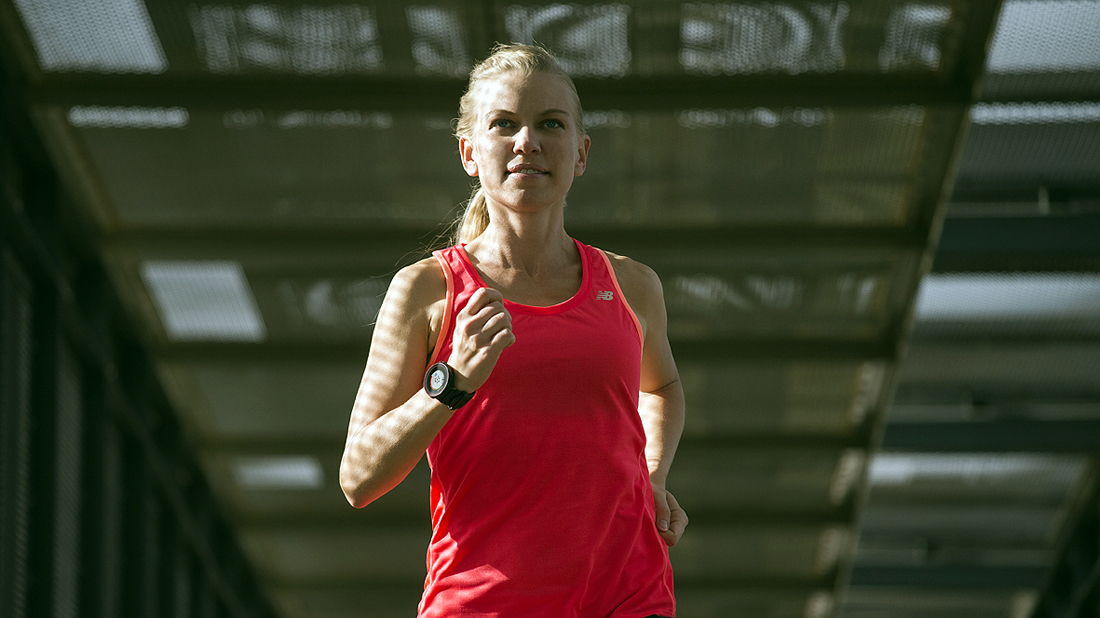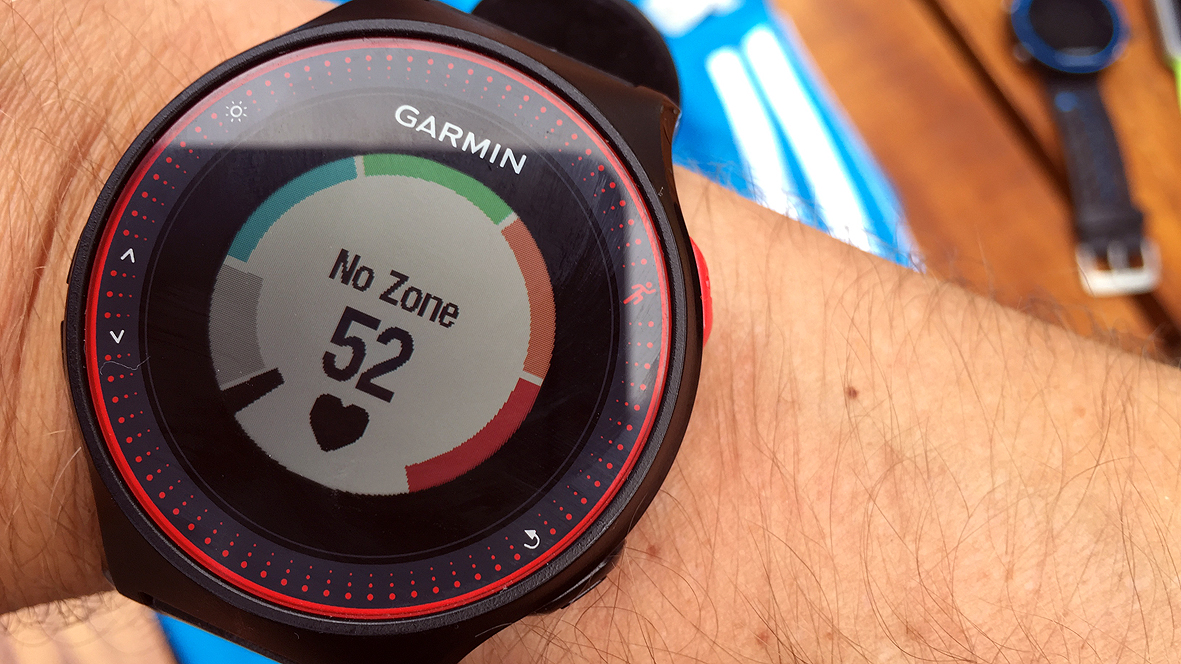Garmin Forerunner 225 review: the leader of the running watch pack?
Garmin’s running watch measures your heart rate and hits the right beats


-
+
East to use on the move
-
+
Strap-free heart rate tracking
-
+
Great interval training
-
-
A bit on the bulky side
-
-
No micro USB charging
-
-
Lacks a few high-end features
Why you can trust T3

Garmin has finally got in on the optical heart rate action, joining the likes ofTomTom, Adidas, and evenMicrosofttrying to convince you to ditch chest strap pulse trackers in favour of all-in-one BPM tracking from a single device. But how does the new Garmin Forerunner 225 stand up to the competition? Is this just a brand playing catch up or is this the best running watch we've seen to date?
• Read our list of the best running watches here
The Garmin Forerunner 225 is the first Garmin running watch to offer heart rate tracking from the wrist. For a company who has always put accuracy top of its list of priorities, that's a big deal.
Garmin's approach is an interesting one. In putting optical heart rate into the 225 they've gone for a mid-level product aimed at semi-serious runners. Very soon Garmin's big rivals Polar will also jump into wrist heart rate tracking but when they do, it'll be with an entry level product. It's an important difference. Polar also hangs its hat on accuracy. By putting the slightly less accurate optical monitoring in a low-end product it'll still be able to claim its top end products offer the highest levels of tracking accuracy.
Screen, Battery and Build
Let's be frank, Garmin doesn't make pretty fashion watches. It has always produced devices that look like single-minded sports wearables. They're built to appeal to sports geeks not trendsetters, and while the aesthetics have improved in recent years, the Forerunner 225 is no different.

It looks a lot like the Forerunner 620 and the 220, in fact the 225 basically looks like a Forerunner 220 with an optical heart rate sensor stashed inside.
You still get that recognisable combination of a black body with subtle second colour flashes (this time red, not blue). You get the same comfortable, hard wearing soft silicon strap, the large round watch face and side button controls.
Get all the latest news, reviews, deals and buying guides on gorgeous tech, home and active products from the T3 experts
Overall the Forerunner is chunkier though. The watch face is larger and thicker, the strap is wider and it's slightly heavier, although nothing that's going to bother most people and in fairness it is more compact than other Optical Heart Rate (OHR) sensor watches like the TomTom Cardio Runner and the Adidas SmartRun.
It feels well put together and it can withstand a bit of the rough stuff like being left in the bottom of a gym bag or being knocked against equipment down the gym.
While it might be bulkier, at 54g the Forerunner 225 still compares favourably against the likes of the Polar V800 which comes in at 81g - and that's without built in pulse tracking.

The Forerunner 225's optical heart rate sensor is relatively discreet, nestling in the middle of a raised silicon ring that has the job of preventing light leaking in to affect the accuracy of the heart rate tracking. Sadly you don't get any of the touchscreen skills that come with the Forerunner 620, but the colour LCD display is still sharp and easy to read on the move. The bright colours make it easy to see when you're hitting right the heart rate zone in training.
When it comes to longevity, Garmin tells us to expect 7-10 hours of battery life with GPS and HR tracking on. That seemed to be a fair assessment. I twice hit 9 hours plus in my tests and never dropped below 7 hours.
That kind of lifespan on a single charge is ample for handling any distances up to and just beyond the 26.2 miles of a marathon, unless you're doing it wearing diving boots. However, ultra runners might want to keep looking for something with a bit more staying power.
Run Tracking Performance

The point of the Forerunner 225 is to be your easy-to-use tool to help you train towards a new running goal, whether that's a time or distance target, without being crazily complicated. It achieves that, and is much easier to use than a lot of past models. Not just in the way the information is displayed, which is far easier to read on the run, but all of the screens are simple to customise and the navigation through the watch menu and functions is now more intuitive.
For those less familiar with Garmin products, it will take a little playing around with the watch controls to get used to the interface but you can do this perfectly happily without reaching for a manual.
There are five side button controls on the watch, each of which has an obvious job, and unlike some of the older devices it's far more difficult to get lost in the menus. The buttons are nice and big and responsive too, making it very easy to scroll through your vital stats on the move.
While you won't get all of the clever running dynamics tracking that come with a higher end product like the Forerunner 620, or the VO2 Max insights you'll find on a Polar V800, the running feature set on the 225 is strong. There's plenty enough here to help any budding amateur be a better runner. Particularly if you want to use heart rate to train in a more targeted way.

In addition to all the usual Pace, Distance, Speed, Time, Calories and heart rate stats that you can see in real time. You can get cadence stats but only post run. There's none of the real-time feedback on strike rate here.
One stand out feature is the powerful intervals tool. You can create an infinite number of sessions on the Garmin Connect partner web tools, choosing from a range or parameters that include pace, time, distance, heart rate and intensity. It's frustrating that these sessions can't be set up in the smartphone app though.

Heart Rate Tracking Performance
If you want the most accurate heart rate tracking you're better off going for a chest strap set up. But if you like the convenience and comfort of wrist-based tracking then it's worth noting that all optical sensors aren't created equal. What should be good news is that the Forerunner 225 packs the latest Mio optical heart rate sensor so the 225's optical smarts ought to be among the most accurate out there.
And against other optical heart rate products the Forerunner 225 comes out well. We tested it alongside the TomTom Cardio Runner and once we'd settle into our runs it matched the TomTom almost beat for beat.
However, it's a different story when you put it up against a Polar M400 which uses a chest strap. In this case, the Garmin tracked on average anywhere up to 5BPM higher than the Polar. More worrying it seemed to struggle more when the pace was dropped from a fast run to a slow run or a walk. The Forerunner's reactions just weren't as quick and it simply took longer for the heart rate to drop.

To be fair to Garmin, this is an issue you see with the TomTom Cardio Runner and the Apple Watchtoo and if you're just looking for a ball park then the Garmin will do just fine.
Verdict
The Forerunner 225 is another very solid running watch from the Garmin stable. We've waited patiently to see how they'd approach optical heart rate tracking and now that it's here it's as good, if not better, than any other product out there. The watch might be a bit bulky for some but it's generally well put together, feature-rich and easy to use.
The training insights it offers are nicely accessible and useful whether you want to run a faster marathon or just make sure your cardio sessions are burning maximum fat. Pound for pound it's probably the best wrist-based heart rate running watch you can buy right now. It's perfectly targeted at the huge number of runners who are serious about what they do, but have no pretensions to 'elite' level. Prosumer runners, if you will.

Kieran is a freelance writer and editor working in the space where health, fitness, sports and technology collide. He covers everything from virtual reality and smart scales to the latest wearable health trackers. Kieran is also a borderline-obsessed runner and is passionate about using the latest technology to hack his health in search of marginal gains.